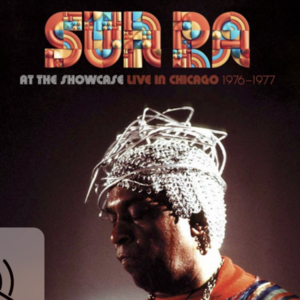
The Night Buffalo
by Guillermo Arriaga
Atria

I suppose I have to insert a little disclaimer. My name is Linda, and I’m a non-fiction reader. So, getting through this work of fiction wasn’t the easiest thing for me. I sat staring at a blank screen for what seemed like forever, wondering what to write about this book. Finding out that Guillermo Arriaga had his hand deep in 21 Grams really made me think this might be something gritty and touching. It was gritty, but the feelings weren’t there. It was almost a two-dimensional read, these characters didn’t make you ache with their story, they didn’t suck you into their lives and urge you to fix it for them, and I wanted it to. You can visualize the scenes, you can see the story, but you can’t feel it. It’s a visual book, if that makes sense. The details of a scene and of how everything looks and feels is beautiful. And because of this talent, Night Buffalo will transfer well to the big screen. They are making a movie, starring Diego Luna of Dirty Dancing 2: Havana Nights fame. From what information I have hunted up, it’s filmed in Mexico and in postproduction for a release later this year. Arriaga is an amazing and talented screenplay writer but novels don’t seem to be his forte.
Night Buffalo is centered on three friends, who have a very strange circular incestuous connection. They’ve grown up together; they’ve shared their dreams and life experiences. Manuel, the main character, tells the story as he sees it. His relationship with Gregorio, his friend and rival, is full of love, loyalty, betrayal and violence. Manuel is dark, moody, and also violent but he loves with equal passion. Tanya, their third, is the girlfriend of Gregorio but having an affair with Manuel. After the inevitable clash, this triangle leads them all away from each other, and through some very dark places. They have all victimized each other in one way or another and the consequences are intense. The way Arriaga has fleshed out these characters will be a strong base to build upon for the film. The dialogue however, needs more attention. The way these characters speak to one another is in some sort of shorthand, each thought isn’t adding on the one before.
The book opens with Gregorio’s suicide, and through a series of flashbacks and stories retold by those that Gregorio had touched, you can piece together the levels of his psychosis. He reaches out from beyond the grave to hurt and control those he felt betrayed him. During this trip down psycho road, you are led from one vision to another and left with gaping story holes – but the haunting way Arriaga wrote of Gregorio’s illness was remarkable. While the premise of the story is fantastic, the writing style and the way Arriaga focuses on too many details that don’t have anything to do with the story are rather hard to enjoy. The ending of the novel didn’t tie the story up in a bow. It just seemed so unfinished, unplanned, as if he had twenty minutes until his deadline to finish. Oddly enough though, I found myself wanting to read more of the story so that I could finally find out what happened, how each stone’s ripple affected them in the future. The book just didn’t seem over. I will readily admit that I will go and see the film, just to see if they have finally ended Manuel’s story.
Atria: http://www.simonsays.com/content/destination.cfm?tab=1&pid=427719












